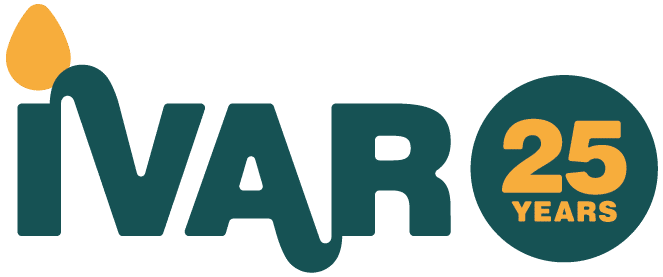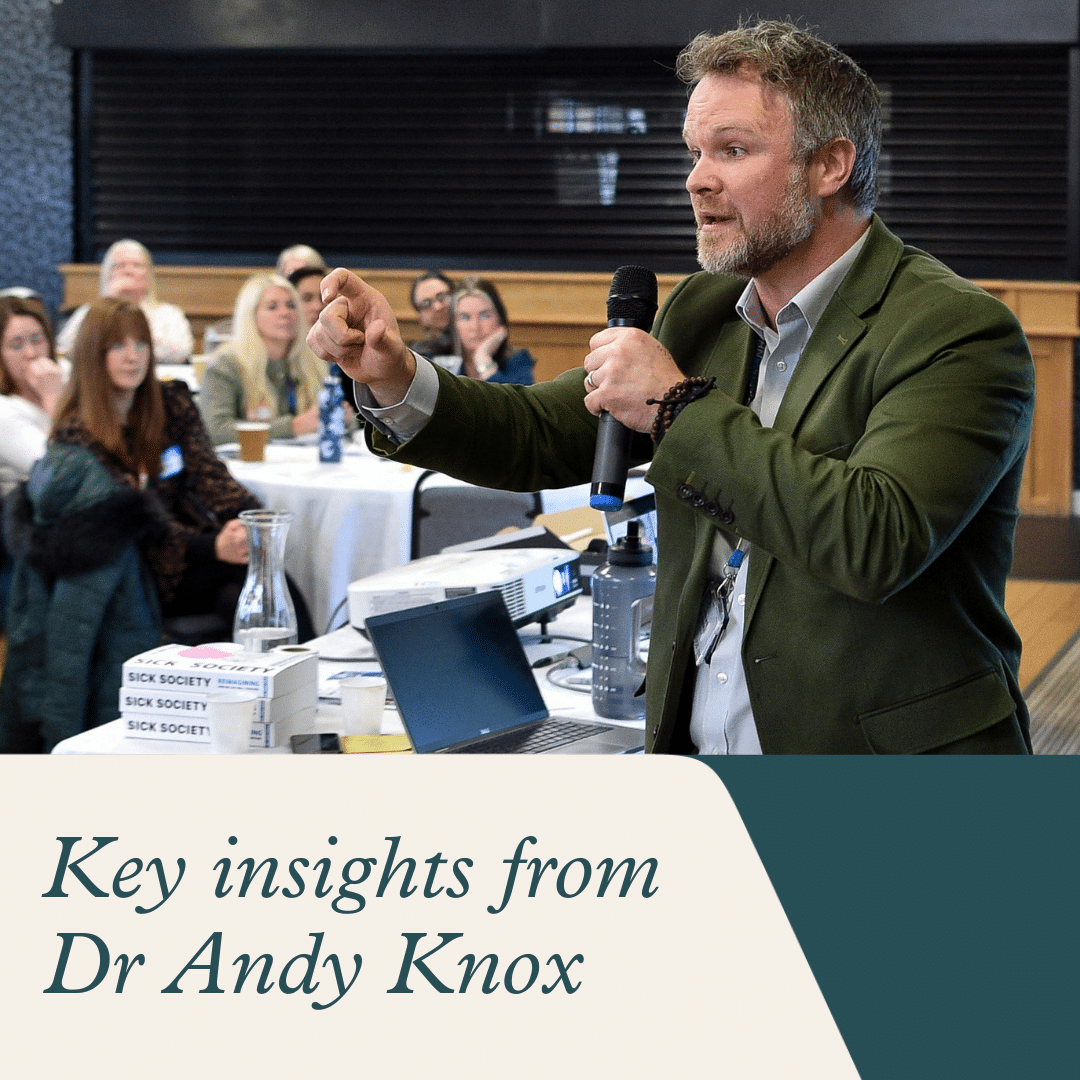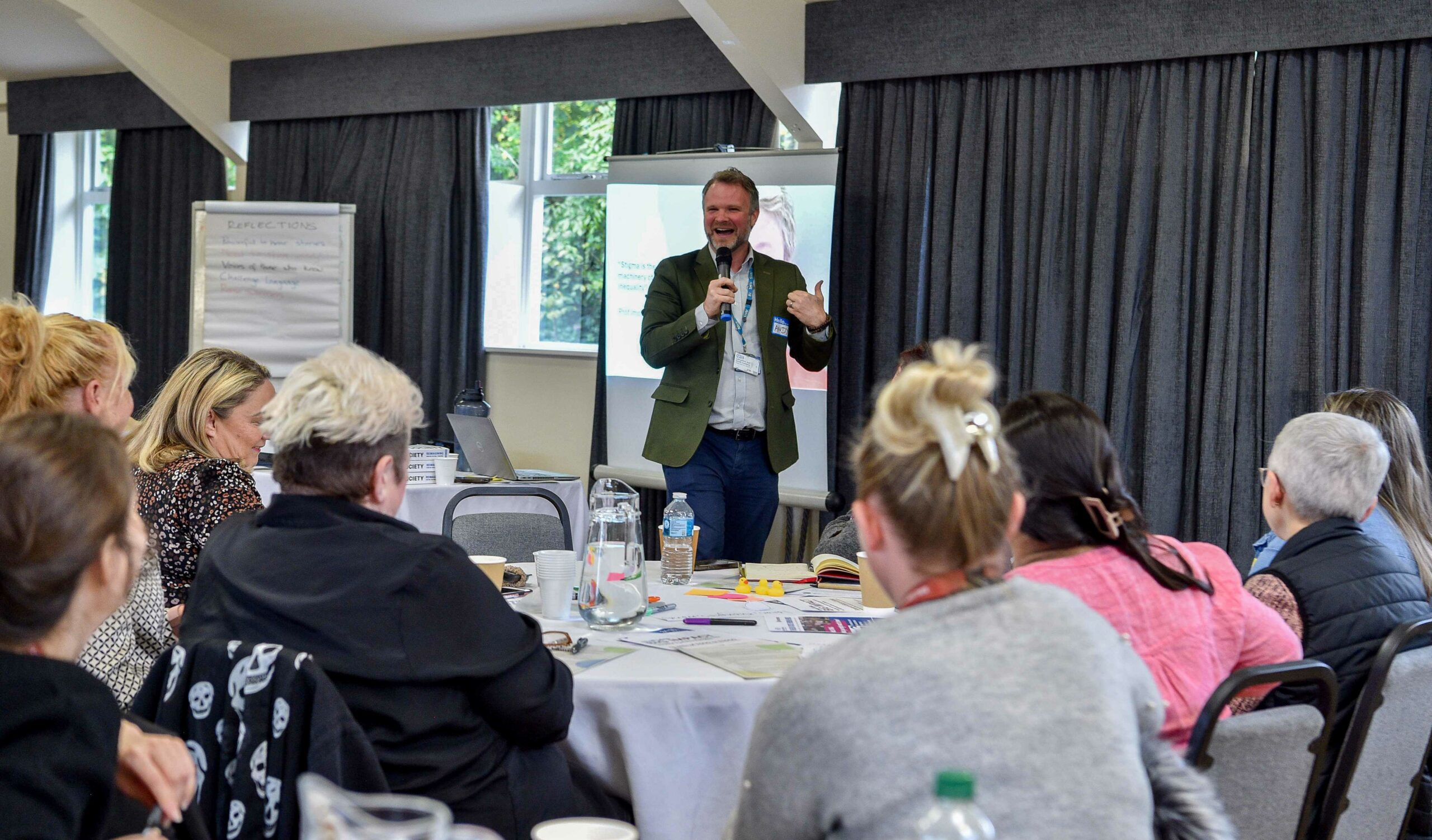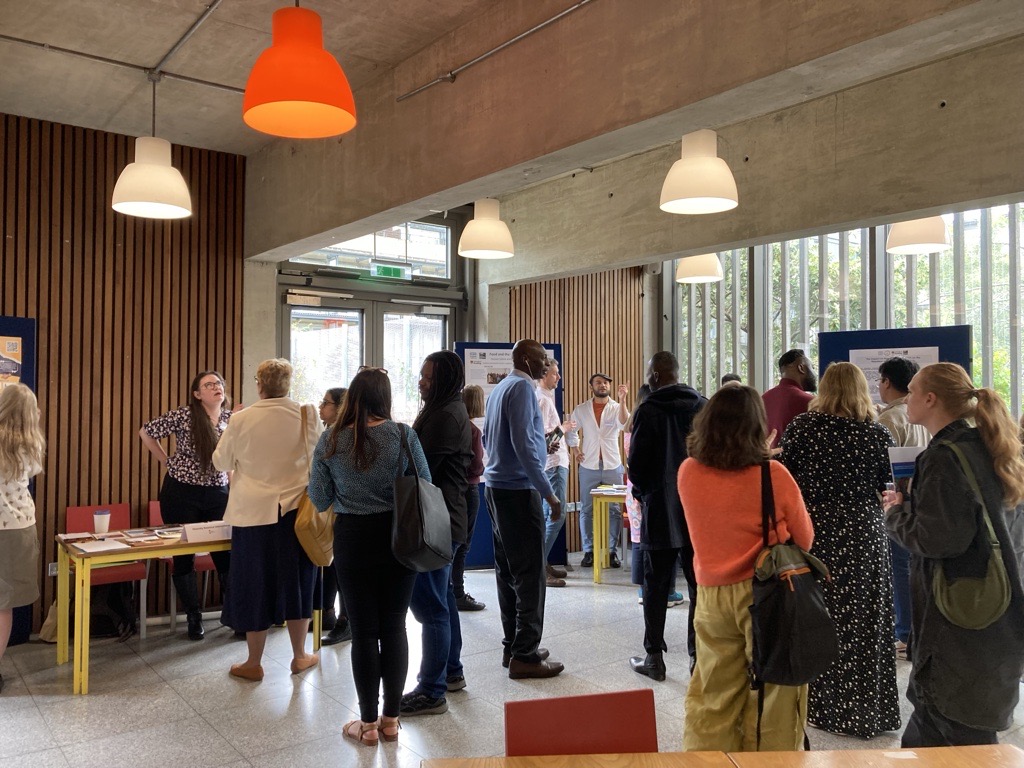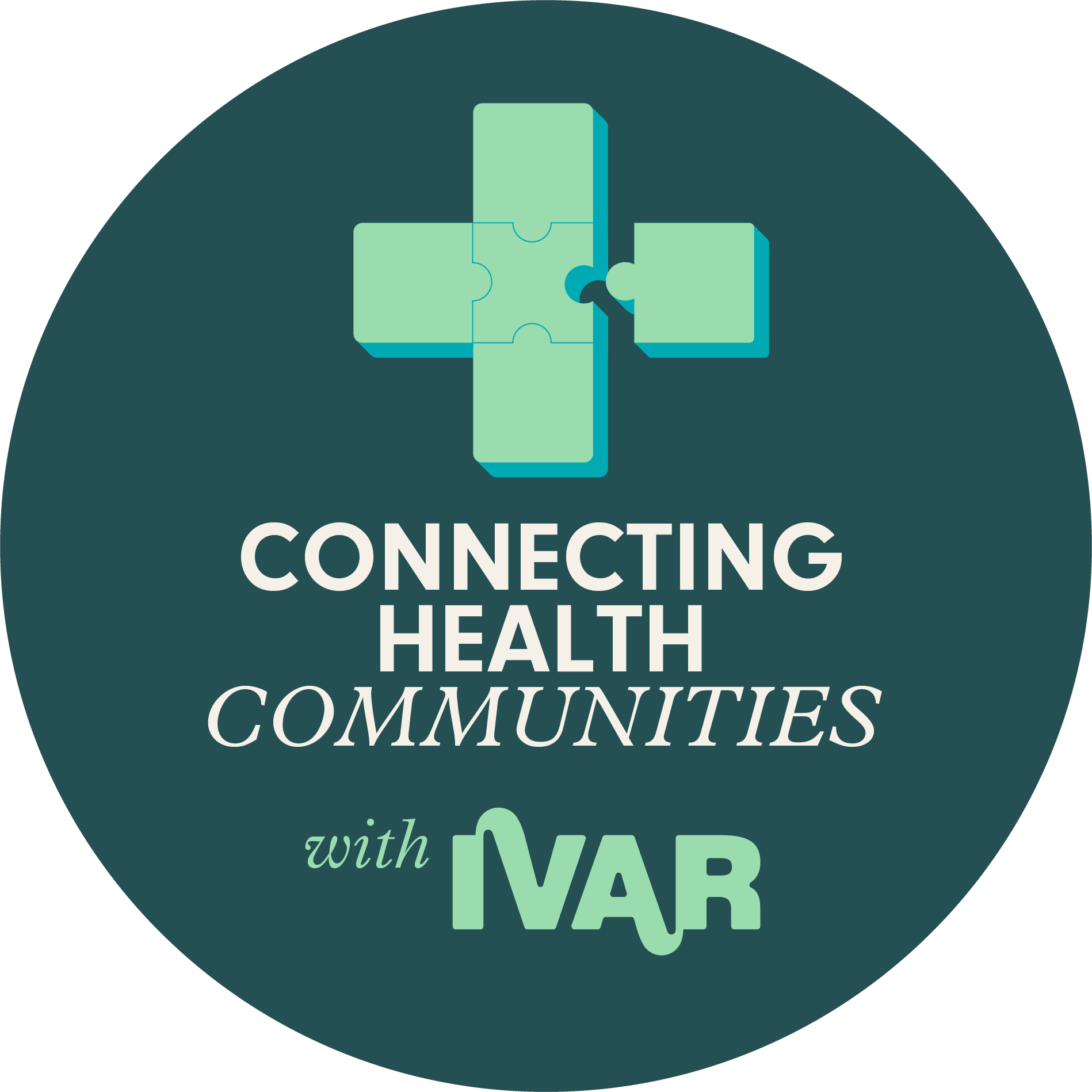Our Connecting Health Communities initiative supports cross-sector leaders to involve people in addressing health inequalities that affect them – for example, tackling childhood obesity in Dudley through asking what makes people happy and healthy. Recently, we have been exploring the importance of addressing bias in leadership; and recognising and addressing stigma.
This post shares two different perspectives on the issue: one from work in St Helens where our partnership are tackling social isolation and loneliness; the other from a discussion with cross-sector leaders across England via our Champions Network for Connecting Health Communities – which is a space for peer learning and skills development around collaborative leadership.
Complementing this, the ‘Actions we can all take to reduce unconscious bias and build strong partnerships’ blog from a recent Champions Network session, highlights the practical strategies leaders can implement to reduce unconscious bias and encourage collaborative partnerships across sectors.
Together, these insights form a roadmap for leaders dedicated to addressing bias, whether by rethinking internal practices or building stronger, more inclusive partnerships in their communities or by empowering change through empathy, awareness, and purposeful partnerships.
Read them below:
The role of leadership in tackling stigma and inequalities – Key Insights from Dr Andy Knox
In today’s society, stigma and inequalities continue to be significant barriers to achieving fairness and inclusivity across many communities in the UK. Tackling these issues requires leaders to play a pivotal role in confronting stigma, driving change by challenging societal norms, and being committed to creating change at every level – individual, organisational, and societal.
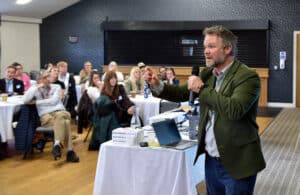
Dr Andy Knox is a GP and the Associate Medical Director for Population Health, NHS Lancashire and South Cumbria Integrated Care Board and author of the book Sick Society: Reimagining How We Live Well. He shared his insights on leadership and its role in transforming societal structures and mindsets at a recent workshop – ‘Tackling Stigma in St Helens’. Drawing from his work and research, he emphasised the ‘need for love, empathy, and humility in leadership’.
This blog shares his insights and actions we, as cross-sector leaders, can take to address stigma and inequality.
Recognising and challenging stigma
As leaders, one of our fundamental roles in tackling inequality is recognising our biases and addressing how they may perpetuate stigma. Stigma is often perpetuated by assumptions we make about others, often based on stereotypes, cultural conditioning, prejudices or misinformation. Stigmatisation doesn’t occur by accident; it is embedded in our individual beliefs, organisational structures, and societal systems. Societal structures and media narratives often legitimise and propagate stigma. For example, harmful depictions of refugees, racial groups, and people in poverty foster a dehumanising outlook that allows inequity to persist.
We must first identify this ingrained stigma in our culture and how it drives inequity and then embark on a journey of self-awareness and foster a culture of empathy within our systems and organisations. We must be courageous and brave to challenge societal norms and advocate for systemic changes.
‘If we’re going to challenge stigma and change the culture … we’ve got to be willing to do our internal work, understand why stigma exists and recognise it is embedded in our own hearts and minds, in our organisations, and in societal structures.’
Key action(s) for leaders:
- Everyone has personal biases and judgements as a result of their own experiences, upbringing and the society in which they reside. That’s OK. But it’s important to reflect on these, explore how to challenge them within yourself, your organisation and your wider work, and commit to ongoing self-awareness and learning to challenge these biases.
- Use your platform to advocate for fairer media portrayals and challenge discriminatory narratives. Support policies and initiatives that reduce stigma at a societal level, such as public awareness campaigns.
Building relationships starts with ‘listening deeply’
We need to recognise that inequality thrives in a society where communities are undervalued, leading to disparities in health, education, and economic opportunities. We must confront these disparities head-on by rethinking the allocation of resources and implementing policies that promote social justice. We often stigmatise unknowingly because we assume we understand people’s experiences. To overcome this, we need to ask better questions and seek to understand rather than judge.
This calls for leadership that ‘listens with humility’ to communities and less-heard voices. This approach opens the door to authentic and meaningful relationships with individuals and communities, creating a foundation for meaningful change.
‘Leadership is about suspending our judgments, learning to listen deeply with humility and co-creating new systems leading to a future where everyone is valued equally.’
Key action(s) for leaders:
- Take proactive steps to bridge these knowledge gaps by fostering relationships across communities and backgrounds.
- Engage with communities by asking open-ended questions like, ‘What are your experiences, and how can we support you?’ Listening to these voices helps to shape more compassionate policies and practices.
Tackling stigma through ‘structural changes’
Stigma isn’t just an individual issue; it’s an organisational one. We need to recognise that systemic inequalities and stigma are deeply entrenched in how society operates. As leaders, we must address stigmatising attitudes within their organisations by educating teams, promoting inclusivity, restructuring policies, and ensuring diverse voices are heard.
‘It is not the communities that need to change; it’s us in the sectors. We as leaders need to listen deeply to less-heard voices, allowing those experiences to shape our policies and services.’
Key action for leaders: Have an organisational conversation to identify areas where stigma and inequality may be present, whether in hiring practices, service delivery, or internal culture. Use these findings to develop inclusive policies and training.
Co-creating solutions with communities
Rather than imposing top-down solutions, we should work with affected individuals to design services and interventions that meet their unique needs. This participatory approach fosters empowerment and ensures solutions are more effective and sustainable.
‘Sustainable change can only be achieved when leaders actively engage with the communities they serve and work to co-create solutions with them.’
Key action for leaders: Initiate collaborative projects with marginalised communities. For example, setting up focus groups, involving people in decision-making processes, or creating community boards to provide direct input into organisational strategies.
Embracing love and power in leadership
Leaders must remember the powerful metaphor – they must walk on two legs, one of love and one of power. Love without power can be ineffective, and power without love can become reckless. Leaders need to use their influence with empathy, ensuring that their actions serve the wellbeing of all, especially the most marginalised. This approach ensures that decisions are made with compassion and care for those affected, preventing further harm.
‘Power without love is reckless and abusive … Love without power is anaemic and sentimental … We need to balance the two, acting with ‘loving power’ or ‘powerful love’.’
Key action for leaders: Balance compassion with decisive action. Ensure that policies and interventions are driven by a genuine desire to uplift rather than simply fulfil bureaucratic or economic requirements.
Building social movements: from outrage to action
Meaningful change often begins at the grassroots level. Social movements start when communities come together to say, ‘enough is enough’. Leaders are critical in supporting and amplifying these movements rather than stifling them.
‘Together, we begin to create a new future where we use our influence to uplift marginalised communities while ensuring that love, compassion, understanding, and empathy guides our decisions.’
Key action for leaders: Align with and support grassroots movements that challenge stigma and inequality. This can be through funding, advocacy, or simply providing platforms for marginalised voices to be heard.
Tackling stigma and inequality requires more than good intentions. It demands a deep commitment to reflection, learning, and action. Leaders at all levels have a responsibility to foster change. It starts with self-awareness but extends to reshaping organisations, influencing societal norms, and supporting social movements.
‘The path to a more equitable society begins with leaders who are willing to look inward, listen, and work collaboratively to dismantle stigma and inequality.’
As we embrace this call to action, we can begin to dismantle the stigmatisation that drives inequality and build a society where compassion and justice prevail.
Actions we can all take to reduce unconscious bias and build strong partnerships
You’ve brought a diverse group of people together and you’re starting to have conversations about the problem you’re tackling, but how do you make sure you’re working collaboratively and inclusively? Earlier this year, we convened a session of our Champions Network, which brought together cross-sector leaders from Cheshire East, East Sussex, St Helens, Wandsworth and Wirral. They shared how they have been managing unconscious bias as well as the characteristics of good partnership working.
When tackling complex problems, it’s vital to bring together a diverse and representative group of stakeholders. This boosts creative thinking and problem solving but it needs to be supported by partnership working and reducing the influence of unconscious bias. We’ve highlighted below how to provide that support to your working group.
Actions for good partnership working
- Keep the momentum going by bringing key partners and stakeholders together to understand objectives and share insights.
- Balance equally valid needs: there is a need for diverse perspectives and for a shared understanding of the challenge and actions.
- Getting the right people in the room isn’t always easy but it is important to persevere.
- Sustain the change: think about the positive legacy once projects are completed.
What is unconscious bias?
Unconscious bias is a form of prejudice or stereotyping that we hold in the unconscious part of our brains. These biases are outside of our conscious control and can affect how we perceive and treat others based on various factors such as race, gender, sexuality, ethnicity, ability, age, and so on.
We require continuous conversation to identify and respond to it.
Avoiding bias in decision-making
‘It takes around 80 milliseconds to register an emotion compared with 250 milliseconds to register a thought.’
The Neuro Edge – Clive Hyland 2017
Cognitive or psychological bias influences our decision-making or causes us to take action in an unknowingly irrational way. Recognising that we all have cognitive bias is step one. The next step is to minimise the tendency for bias, and to look for ways to introduce objectivity into our decision making. It’s impossible to counteract bias totally but there are some actions we can all take:
Take more time before acting or making a decision.
Express gratitude and appreciation.
Practice active listening.
Tap into your emotional intelligence and be empathetic.
Encourage processes which collectively question assumptions.
Seek out objective data and evidence.
Strategies to manage our conscious bias
Our cross-sector leaders shared some of their own strategies for manging unconscious bias in their work:
- Testing one’s own assumptions by questioning yourself and spotting a pattern.
- Creating a trusted environment to have honest conversations and question the assumptions behind them.
- Bringing the right people into discussions and ensuring it is a representative and diverse group can help to test assumptions.
- It’s important to understand how somebody else’s viewpoint might help us in identifying our own unconscious bias, because we can sometimes see things only from our own experiences.
- As leaders in our areas, we have the responsibility to sometimes hold the mirror up to help people recognise these biases and do things differently.
‘We need to make the most of our decision-making roles to help move the thinking.’
